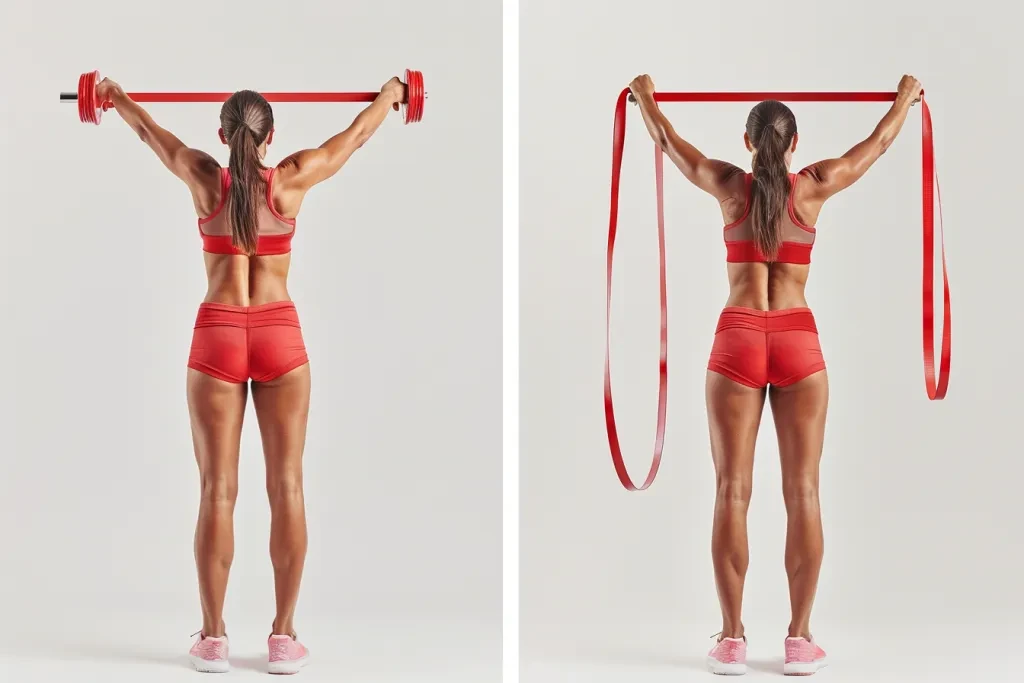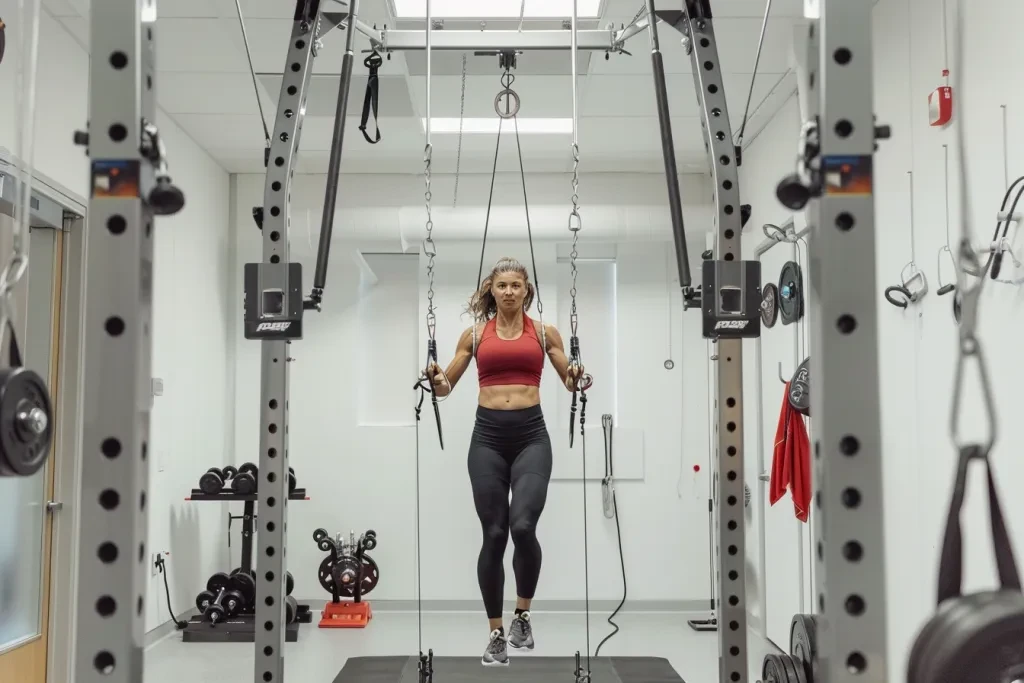The tricep extension, a fundamental exercise targeting the triceps brachii muscles, is a cornerstone in strength training and bodybuilding routines. Despite its popularity, achieving optimal results requires a nuanced understanding of technique, variations, and common mistakes. This article delves into the intricacies of the tricep extension, providing readers with the knowledge to enhance their fitness journey.
Table of Contents:
1. Understanding tricep extension
2. Mastering the technique
3. Variations to spice up your routine
4. Common mistakes and how to avoid them
5. Incorporating tricep extensions into your workout plan
Understanding tricep extension

Tricep extensions are more than just an arm workout; they’re a strategic approach to building upper body strength and definition. The triceps, often overshadowed by the biceps, play a crucial role in the aesthetics and functionality of the arms. Understanding the anatomy of the triceps and how tricep extensions impact each part can significantly enhance the effectiveness of your workouts.
The exercise itself focuses on the contraction and extension of the tricep muscles, located at the back of the upper arm. This movement is essential for pushing motions and contributes to overall arm stability. By incorporating tricep extensions into your routine, you’re not only working towards sculpted arms but also improving your performance in other exercises and daily activities.
Mastering the technique

Technique is paramount when performing tricep extensions. Proper form ensures maximum muscle engagement and reduces the risk of injury. Start by selecting a weight that allows you to maintain control throughout the exercise. Position your hands correctly, whether you’re using dumbbells, a barbell, or a cable machine, ensuring they align with your shoulders to prevent undue stress on the joints.
The movement should be smooth and controlled, focusing on isolating the triceps as you extend your arms. Keep your elbows tucked in close to your body to enhance the effectiveness of the exercise and avoid unnecessary strain. Breathing is also a crucial component; exhale as you extend your arms and inhale as you return to the starting position.
Variations to spice up your routine

To prevent plateaus and maintain engagement in your workout, incorporating variations of the tricep extension is key. Each variation targets the triceps differently, offering a comprehensive approach to muscle development. Overhead tricep extensions, for example, emphasize the long head of the tricep, while skull crushers focus on the lateral and medial heads.
Cable tricep extensions offer a constant tension on the muscle, a contrast to the variable resistance experienced with free weights. Experimenting with grip width and angles can also introduce new challenges, ensuring your muscles continue to adapt and grow. Incorporating these variations keeps your routine fresh and your progress steady.
Common mistakes and how to avoid them

Even with a basic understanding of tricep extensions, common mistakes can hinder progress and lead to injury. One frequent error is using too much weight, compromising form and effectiveness. Start with a manageable weight and focus on muscle engagement rather than lifting heavy.
Another mistake is neglecting elbow position. Allowing your elbows to flare out reduces the focus on the triceps and can strain the shoulders. Lastly, rushing the movement diminishes the exercise’s impact. Slow, deliberate motions ensure your triceps are fully engaged and receiving the maximum benefit from each repetition.
Incorporating tricep extensions into your workout plan

Integrating tricep extensions into your workout regimen requires thoughtful planning. For balanced arm development, combine tricep work with exercises targeting the biceps and shoulders. This holistic approach ensures proportional strength and aesthetics. Tricep extensions can be performed 2-3 times a week, allowing for adequate rest and recovery between sessions.
Varying the tricep extension exercises and incorporating progressive overload are strategies to continue making gains. As your strength improves, gradually increase the weight or change the variations to challenge your muscles further. Consistency and patience are key; significant improvements in strength and appearance take time and dedication.
Conclusion:
Tricep extensions are a versatile and effective exercise for enhancing upper body strength and aesthetics. By understanding the exercise, mastering the technique, exploring variations, avoiding common mistakes, and thoughtfully incorporating them into your workout plan, you can unlock their full potential. Remember, consistency, patience, and attention to form are your best allies in achieving your fitness goals.




